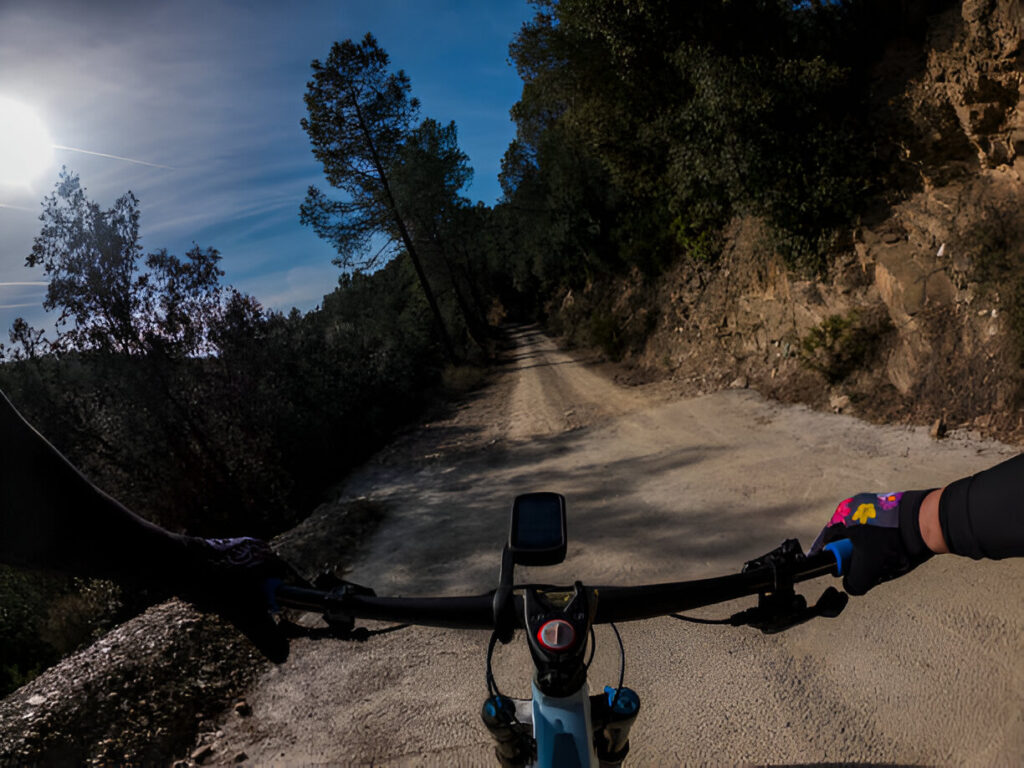Electric bikes have become increasingly popular, offering a practical and enjoyable way to tackle various terrains, including steep roads. For those living in hilly areas or who enjoy cycling in mountainous regions, finding an e-bike that can handle steep inclines is essential. This article explores the features that make certain electric bikes more suitable for steep roads and provides guidance on what to look for when choosing the right model.
Understanding the Challenges of Steep Roads
Riding on steep roads presents unique challenges. The extra effort required to climb can be physically demanding, and without the right equipment, it can be difficult to maintain momentum and control. Mountain electric bike provide an assistive boost, but not all e-bikes are created equal when it comes to handling steep grades. Key factors such as motor power, battery capacity, gearing, and braking systems play crucial roles in determining an e-bike’s effectiveness on inclines.
Key Features for Tackling Steep Roads
- Motor Power:
A powerful motor is crucial for climbing steep hills. E-bikes typically come with motors ranging from 250W to 750W, and for steep terrains, a motor with at least 500W is generally recommended. The motor’s torque—the force that propels the bike forward—is equally important. Higher torque means better performance when climbing, as it allows the bike to maintain speed even on challenging slopes. - Battery Capacity:
Steep climbs require more energy, so the bike’s battery needs to have a sufficient capacity to support extended rides without losing power. A battery with a higher watt-hour (Wh) rating will provide more range, which is especially important for long rides in hilly areas. A typical range to look for might be 40-50 miles, depending on the level of assistance used and the steepness of the terrain. - Gearing System:
The gearing system on an e-bike allows riders to adjust the difficulty level of pedaling. Bikes with a wide range of gears make it easier to find the right balance between speed and effort, particularly on steep climbs. Lower gears are beneficial for hill climbing, as they require less force to pedal, while higher gears are better suited for flat terrains and descents. - Braking System:
Effective braking is vital when descending steep roads. Hydraulic disc brakes are often preferred for their reliable stopping power, especially in wet or muddy conditions. Good brakes ensure that the rider can control their speed and navigate safely down steep inclines. - Frame Durability:
Steep roads can be rough, so a durable frame is important. Mountain bikes and other off-road models typically offer more robust frames that can withstand the stresses of steep and uneven terrain. The added durability also contributes to a smoother and more stable ride.
Considerations for Choosing the Right E-Bike
When selecting an e-bike for steep roads, it’s important to consider your specific needs and riding style. For those who regularly encounter steep hills, investing in a bike with a strong motor and reliable battery is essential. Additionally, consider the bike’s overall weight, as lighter bikes are generally easier to maneuver and require less effort to pedal.
It’s also worth thinking about the type of terrain you’ll be riding on most frequently. If you plan to ride primarily on paved roads with occasional steep sections, a hybrid or commuter e-bike with appropriate gearing might suffice. However, for off-road or consistently steep conditions, a mountain e-bike with advanced suspension and more robust features may be a better fit.
Conclusion
Electric bikes can make riding on steep roads more manageable and enjoyable, but choosing the right model is key. By focusing on factors such as motor power, battery capacity, gearing, braking systems, and frame durability, you can find an e-bike that meets the demands of hilly terrains. Whether you’re commuting through a hilly city or exploring mountain trails, Zeus E-Bike Company offers options that provide the support you need to tackle steep roads with confidence.


